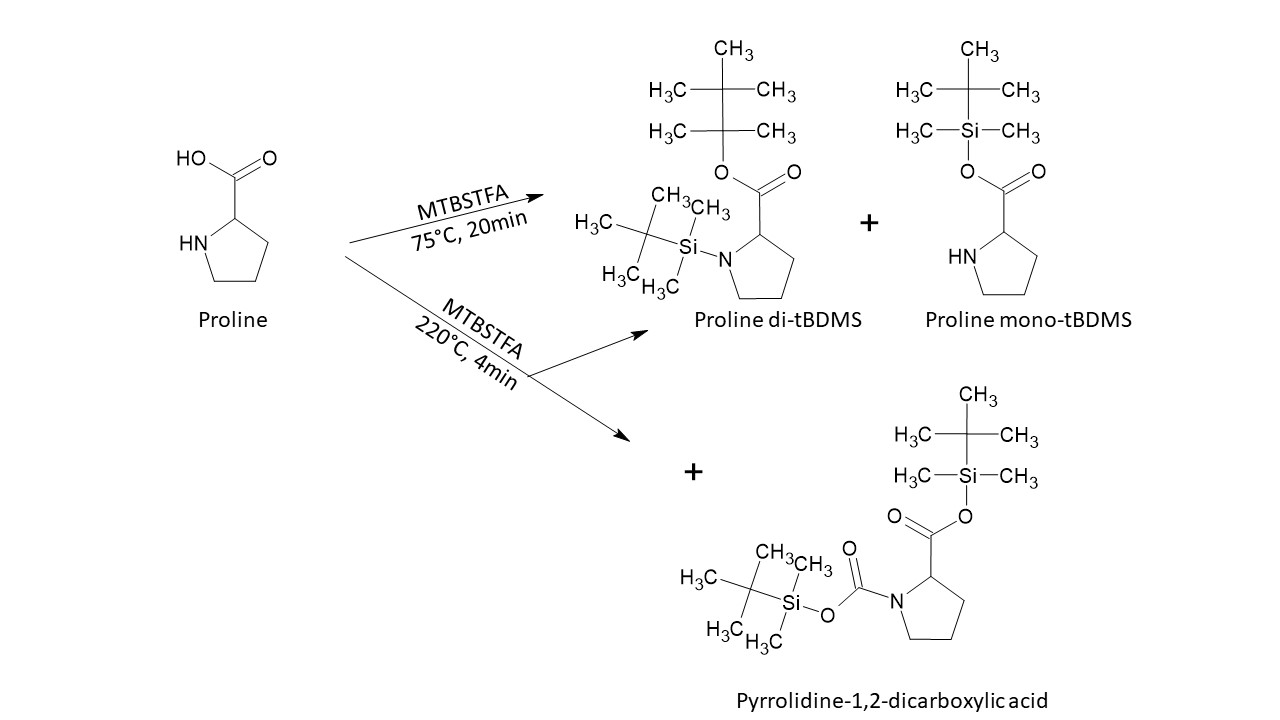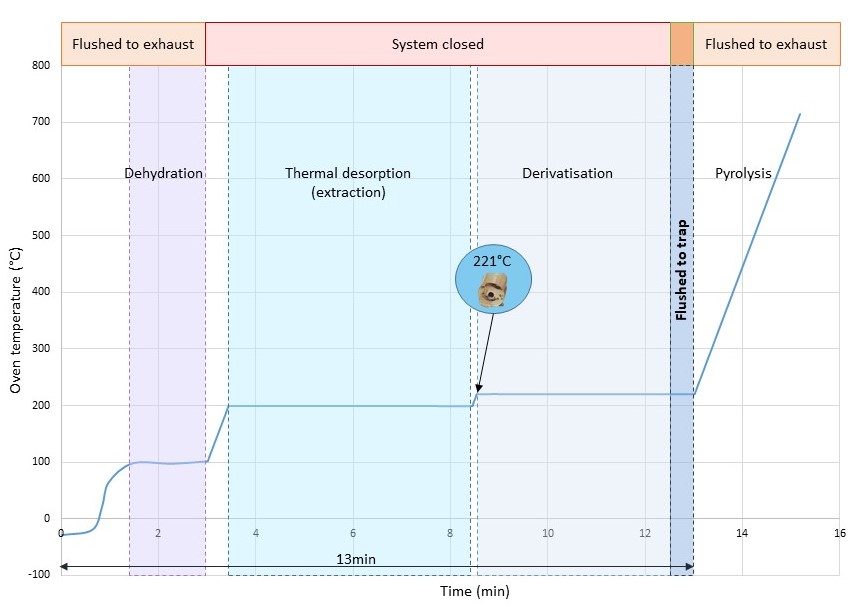In-situ sample preparation with MOMA instrument, derivatisation with MTBSTFA – ExoMars 2028 mission
- 1Univ Paris Est Creteil and Université Paris Cité, CNRS, LISA, F-94010 Créteil, France (clara.azemard@lisa.ipsl.fr)
- 2Université Paris Cité and Univ Paris Est Creteil, CNRS, LISA, F-75013 Paris, France
- 3Univ. Lille, CNRS, Univ. Littoral Côte d'Opale, UMR 8187 - LOG, F-59000 Lille, France
- 4Institut Universitaire de France (IUF)
- *A full list of authors appears at the end of the abstract
The Mars Organic Molecule Analyzer instrument (MOMA) is part of the ExoMars payload and aims to characterise the organic matter at the surface and subsurface of Mars. MOMA can be used under different configurations in order to achieve the study of the various samples that will be analysed by the rover. Crushed samples can be analysed by LD-MS, Pyr-GC-MS or wet chemistry – GC-MS. In this presentation we will focus on this last option. During the wet chemistry, the crushed samples will be put in an oven containing a derivatisant capsule. The chemical reagent inside the capsule enables a better volatilisation of our target molecules such as amino acids and carboxylic acids. Three different reagents are present in MOMA: DMF-DMA, TMAH and MTBSTFA. We focused most of our work on the later one. MTBSTFA is sealed in metallic capsules that open only at 221°C thanks to a eutectic. This is far from the temperature used in usual laboratories condition hence the need to adjust the time of reaction.
In order to optimise the characterisation of the organic matter with MOMA, each steps of sample preparation inside MOMA ovens must be optimised under the in-situ conditions: extraction and derivatisation. First, the thermal desorption of the organic molecules from analogues must be addressed. The thermal desorption was carried out at 200°C to stay under the eutectic but be high enough to be able to desorb the molecules from the mineral matrix. We need to desorb the molecules bonded to the mineral structure without degrading them. In order to optimise this desorption, Orbagnoux rock was used as analogue and showed good yield between 5 and 7 minutes of heating.
Only then, we focused on the derivatisation reaction. The first step is to make sure that the reagents will still be active after many years waiting for ExoMars flight to Mars. Experiments were carried out on control vials and capsules from 2015 for two derivatisants: DMF-DMA and MTBSTFA. Ancient reagent yields of functionalisation of amino acids were confronted to recent ones, showing comparable results. The effect of metal was effectuated by removing the capsule’s eutectic and draining the solvent with a syringe. The second step is to optimise the derivatisation of our target molecules. Three points were to be tackled: (i) the absence of DMF along with MTBSTFA in the capsule contrary to the common reaction in the laboratories, (ii) the temperature of derivatisation, (iii) the by-products appearing under these conditions. The first point revealed as expected a loss of signal for amino acids yet they can still be detected. The optimisation of the time of derivatisation leads to an optimum at 4 minutes, after that the amino acids tend to degrade due to the heat. Numerous by-products are observed, most of them are just partially derivatised amino acids or due to cyclisation through heating (Figure 1). The database associated to MOMA will be completed with these new compounds. Interestingly, depending on the initial mix we also observe the apparition of a-aminobutyric acid, a non proteinogenic amino acids that is commonly found in space objects such as meteorites. If our wet chemistry can induce the apparition of such compounds the conditions of apparition must be thoroughly understood to avoid misinterpretation of results on Mars. Linear and aromatic carboxylic acids showed good derivatisation under MOMA conditions.

Figure 1. Derivatisation with MTBSTFA of proline at 75°C and 220°C
The optimisation of the sample preparation inside MOMA ovens can be integrated in a lager vision of the process in term of heating time in the oven and therefore energy (Figure 2). It is important to have this general view in the perspective of keeping the maximum of energy to achieve the GC-MS run afterward. Indeed, molecules with higher masses will need a longer time of run so each minute will count.

Figure 2. Temperature profile of the MOMA oven during the different steps of sample preparation and after capsule opening.
Fred Goesmann, William B. Brinckerhoff , Olaf Roders, Cyril Szopa, Arnaud Buch and collaborators
How to cite: Azémard, C., Gonthier, R., Bouhier, B., Stalport, F., Lepot, K., and Cottin, H. and the MOMA team: In-situ sample preparation with MOMA instrument, derivatisation with MTBSTFA – ExoMars 2028 mission, Europlanet Science Congress 2024, Berlin, Germany, 8–13 Sep 2024, EPSC2024-183, https://doi.org/10.5194/epsc2024-183, 2024.